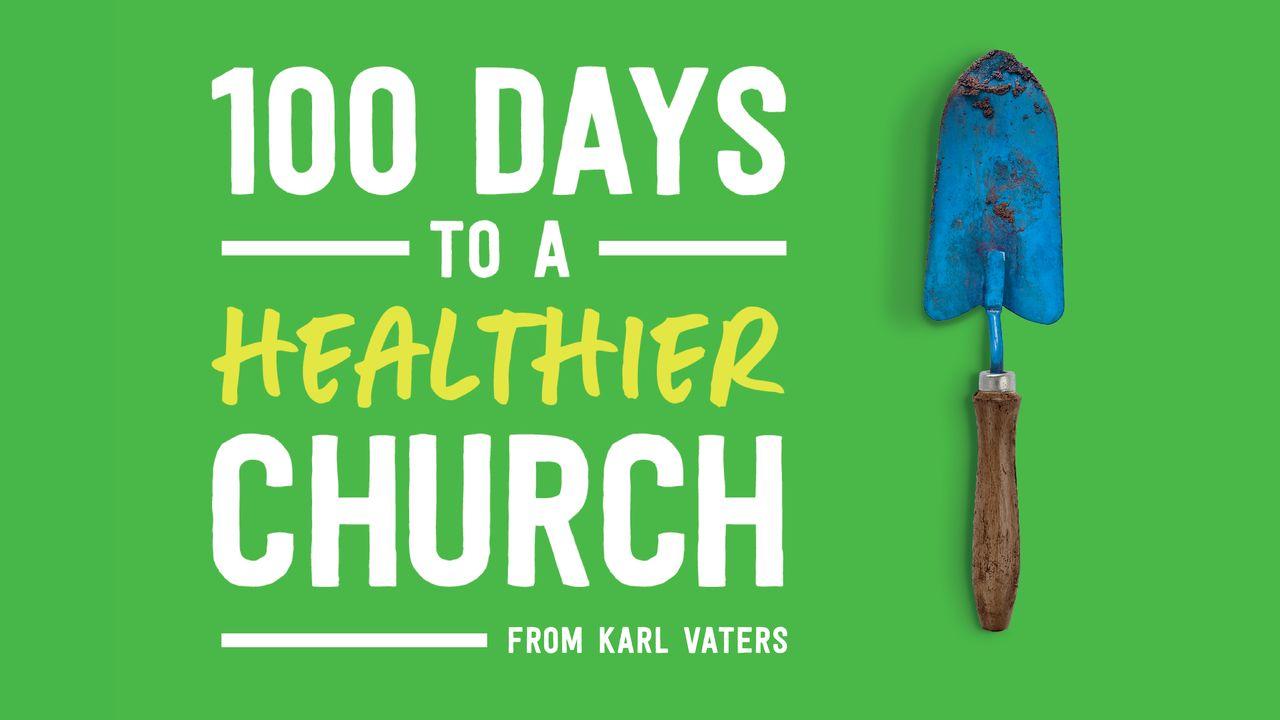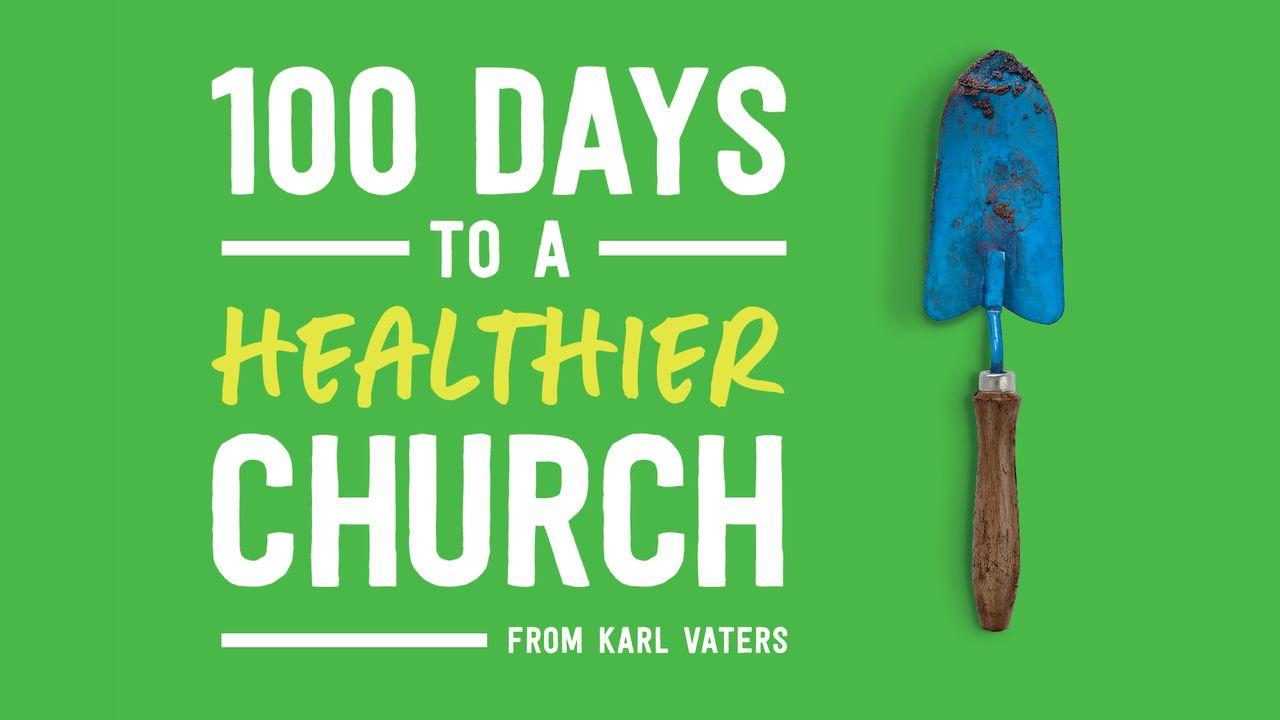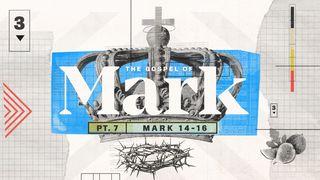Plan Info
100 Days to a Healthier ChurchSample

Day 15 (Second BIG Saturday CLT Meeting): Consider the Church’s Culture
Morning: The Church Culture Talk
Every church has a culture—an unwritten, often unrecognized set of rules that governs everything the congregation does, “That’s how we do things here” is a statement about your church’s culture.
It is impossible to overstate the importance of a church’s culture. In his Parable of The Sower (Matthew 13:1–23), Jesus describes four types of culture, or soil, that a Christian or a church body can have. (I owe a big debt to Jim Powell and his book, Dirt Matters, for introducing me to this lens.)
1\. The path/hard soil: This represents a church that has grown hard and stubborn. Good ideas don’t penetrate, new methods are instantly rejected. This stubbornness can be the result of legalism, hurt, anger, habits, or ignorance. It’s tempting to think that all stubborn churches need is to be shaken out of their slumber, but in my experience, the root of most stubborn churches isn’t sinfulness, it’s pain. Many churches have grown hard as a way to protect themselves. In fact, if a church has been hurt by a lack of integrity from leadership they will often withdraw into themselves for protection, like a turtle pulling into its shell.
2\. Rocky, shallow soil: This soil represents a church that doesn’t reject good ideas outright. They usually smile, nod, and seem to approve easily, but there’s no follow-through. They’re not deliberately rejecting anything, but they don’t have the discipline to prepare or practice, show up on time, or engage fully when they’re there. After the event or service is over, they may rush to their cars, or if they stick around, they chat with their friends, ignoring first-time guests and failing to lift a finger to help in clean-up or tear-down.
3\. Thorny, busy soil: This soil indicates a church that, like the second soil, doesn’t reject good ideas immediately, but instead of lacking in maturity, they’re too busy to give a new idea the attention it deserves. This is especially the case for a church that has lost a lot of members in recent years. If the church used to be bigger, you may still have all the programs from when the church was big enough for them. The membership has shrunk, and the church’s ability to support those programs had faded, but the programs are still there, taking up space. Like clutter in a home, clutter can build in a church—and it can wreak havoc on the physical building, our emotional capacity, and our calendars.
4\. The good soil: This soil represents a church in which the culture is soft, deep, and cleared of clutter. Church members are ready for change, excited about the future, prepared to get to work, and unencumbered by excess activities.
Scripture
About this Plan

This devotional is a companion to the book 100 Days to a Healthier Church, by Karl Vaters. Like the book, the principles laid out here are not one-time, quick-fix solutions. They are long-term principles—nudges, not jum...
More









